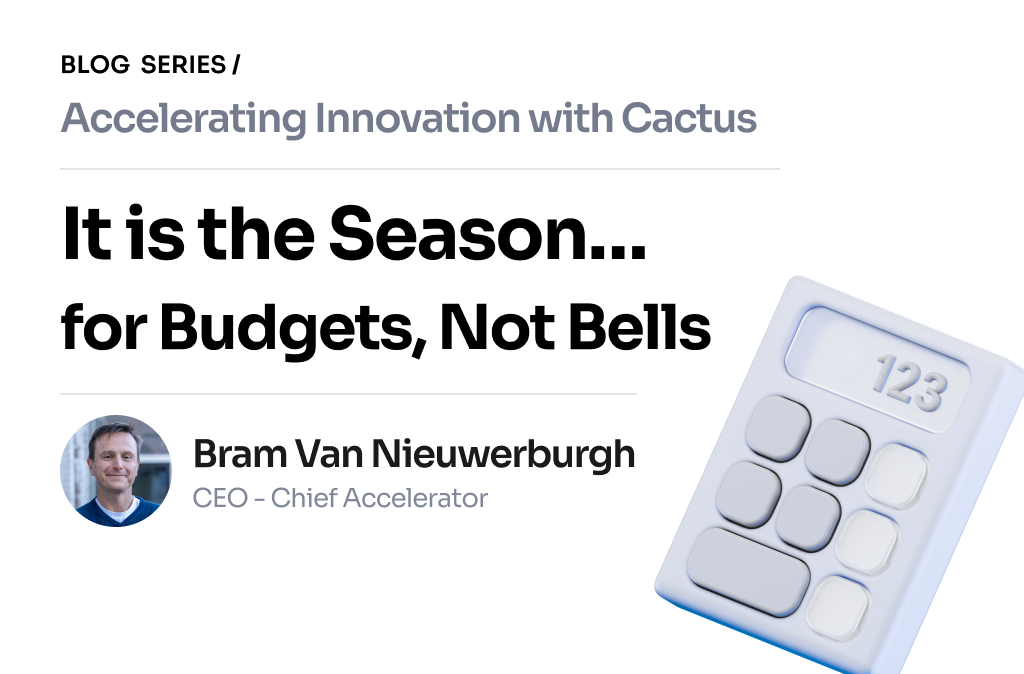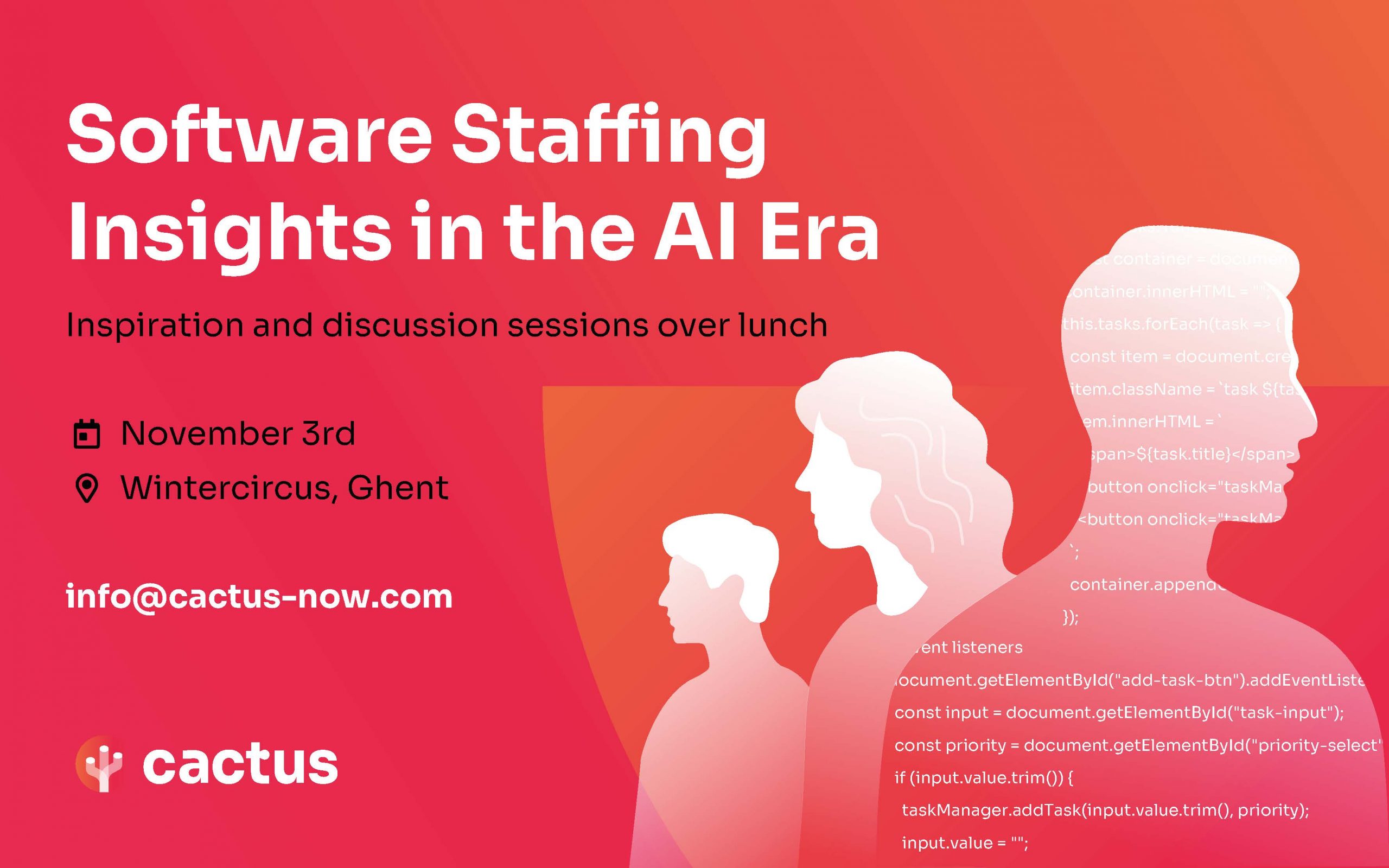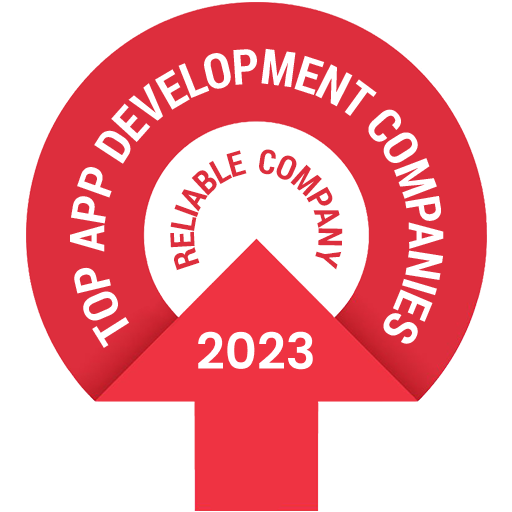It is not an exaggeration to say that the Internet of Things (IoT) is the DNA of the modern world. The term emerged in 1999 as a concept of devices connected to the Internet using an RFID tag.
Today, IoT is a complex system that pervades the realm of our world where there are more connected devices than human beings. It includes physical objects, industrial machines, applications, and numerous technologies that allow for exchanging data via Internet and other communication networks.
IoT is a driving force behind the digital transformation that continues to spread around the globe. According to Fortune Business Insights, the IoT market is forecast to grow from $381 billion in 2021 to over $1.8 trillion by 2028.
Roughly, 18 of 29 billion connected devices will be related to IoT in 2022.
No doubt that this dramatically growing ecosystem will keep bringing tremendous changes to our lives and reshaping numerous verticals.
So, let’s have a look at the top 5 IoT trends of this year.
Sustainability and Optimized Consumption
Sustainability and optimized consumption are viewed as a larger trend that involves both businesses and society.
It means that in their everyday decision-making, people focus on fundamentals and not on the things that would be nice to have. This can be reflected in their quest for safer working, shopping, and transportation, particularly at the times of COVID outbreaks. This approach will definitely drive the programs of sustainability, emissions reduction and green new deals.
In this context, the Smart City concept can’t be ignored. Here, IoT solutions are used to enhance
- infrastructure and city operations, including connected streets, smart parking and lighting
- buildings’ performance, including their safety and security, heating and ventilation, and home automation
- environment care, including water, energy, and waste management.
CactusSoft keeps pace with the trend and expands its experience through delivery of custom IoT software solutions. The real-time IoT solutions that either provide distributed resource management or fight traffic congestion, contribute to life improvement at its basic level.
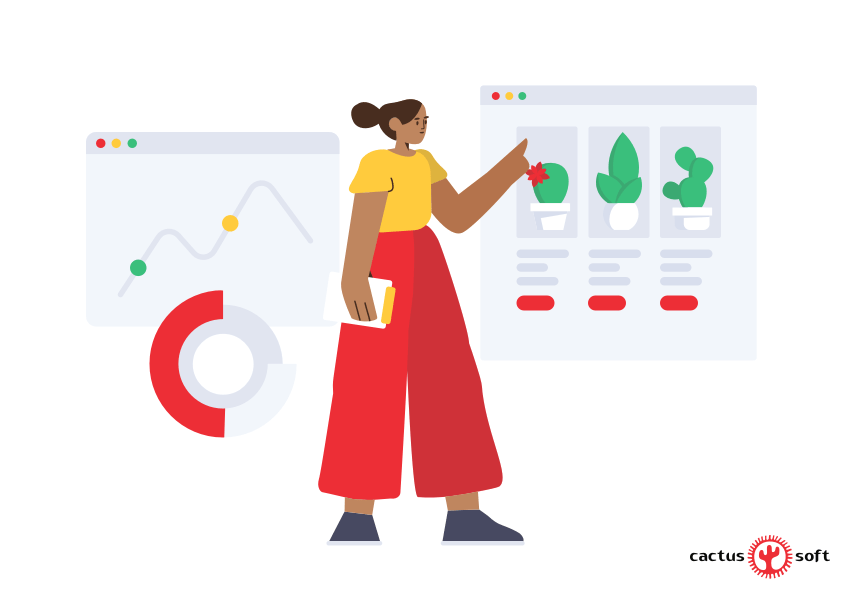
Cybersecurity
Cybersecurity is another big trend, which is of paramount importance today.
As the number of connected devices is growing to gargantuan proportions, an array of choices for intruders to launch a cyber attack gets constantly wider.
In difficult times of the pandemic most companies redeploy their resources trying to minimize their capital expenses for more resources to their operation. So it only makes sense that businesses are using IoT to optimize operating costs through remote access to the company’s assets for its employees. The “things” owned by them are rarely well protected to maintain sensitive data. Technologies that emerge are quickly spread and adopted carrying a potential threat for a company. That’s why the decision to utilize IoT applications in business should automatically include a profound cyber security service in a company’s operation costs.

Transformation of Manufacturing and Business
Transformation of business processes is another trend that is likely to boost custom IoT development in 2022.
Today, industrial IoT is all about an efficient management of manufacturing and energy using sensors and devices interconnected with industrial applications.
When a company builds IoT automation into its business model, it receives a comprehensive understanding of its operations.
In manufacturing operations, sensors on the machinery are used to provide the data on performance measurement. Artificial Intelligence (AI) collects, exchanges and analyzes the received data. When correctly implemented in conjunction with Robotic Process Automation (RPA), it allows for hyperautomation of an enterprise. Virtually any repetitive user task is possible to automate.
Hyperautomation uncovers and automates previously inaccessible data and processes through the creation of a digital twin of the organization (DTO). DTO makes the hidden interactions between processes, functions, and key performance indicators visible. Thus, a company encourages the improvement of its productivity and enables prediction of failures and breakdowns long before they happen.
In 2022, large-scale enterprises will probably continue to use a combination of such tools as AI, RPA, and machine learning (ML) to automate complex business processes.
For small and medium – sized enterprises, it will be easier to get smart with a growing number of the IoT infrastructure “as-a-service”.
It should also be mentioned that 3D Printing becomes extremely popular. It is viewed as an IoT tool that expands our view on creating products while getting higher level of customization and minimizing waste.
IoT will keep driving the ongoing digitization and datafication throughout all industries, including healthcare, manufacturing, and retail.

The Rise of Wearables
No wonder that for the last two years wearable smart devices, also known as wearables, have become a key part of rapidly developing IoT technologies. As the use of remote healthcare and telemedicine is expanding, wearables become increasingly important.
Being in contact with a user’s body, a wearable can deliver unparalleled health-tracking services. These range from sleep monitoring and calorie tracking to obtaining an electrocardiogram heart reading and measuring the release of certain biochemicals. Thus, doctors are able to gather information about their patients while avoiding direct contact.
Whether these are smart watches, jewelry, clothing, implantables or a bit bulkier head-mounted displays, these IoT devices keep winning consumer hearts each day.
Currently, CactusSoft offers software development services for activity trackers and smart watches.
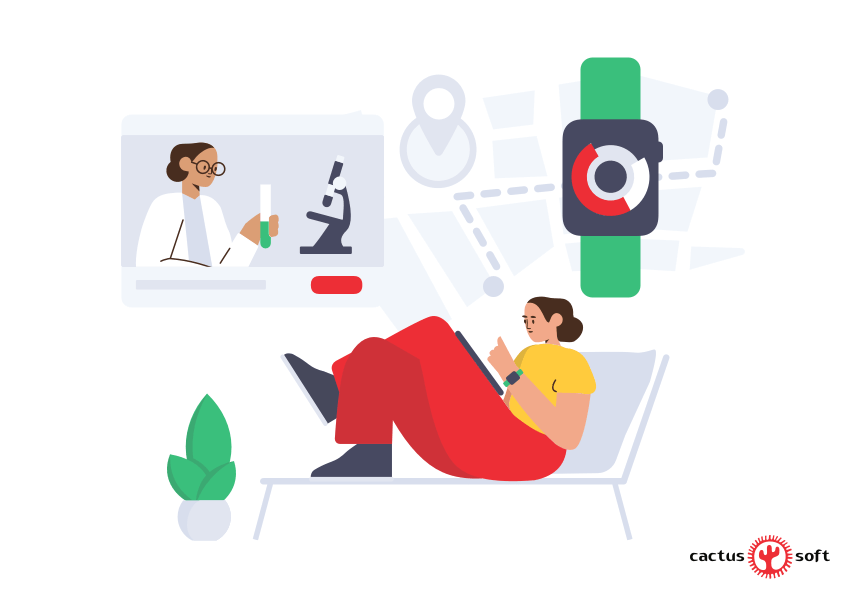
Support of Business Continuity and Resilience
IoT is one of the major tools to provide business continuity for an organization and strengthen its capacity in case of various disruptions.
To reduce the impact of the 2020-2021 pandemic crisis, a number of employers ensured the safety of their employees with their shift to a work-from-home mode.
Companies use IoT tools to monitor and maintain their procedures, to predict possible failures and react quickly. This approach works for trouble-free supply chain management as well.
According to Forbes, IoT solutions that assist businesses and organizations in staying resilient, will be in a high demand in 2022. While outsourcing IoT development and building partnerships with dedicated teams is another step towards achieving a higher level of robustness for a company. And to making our world even smarter than it already is.

